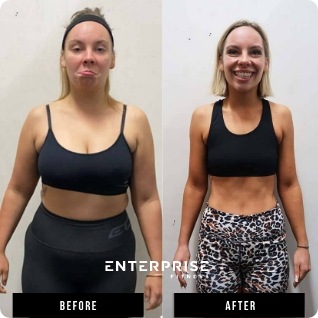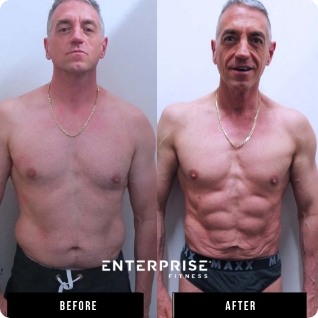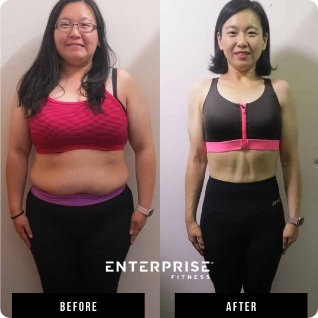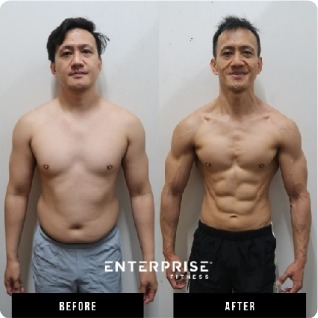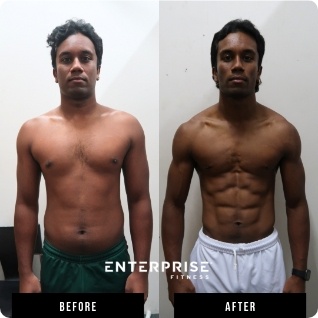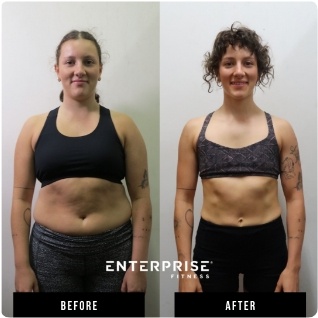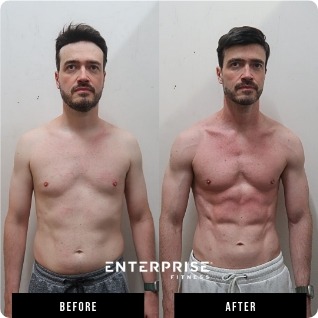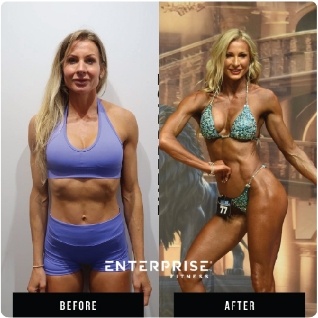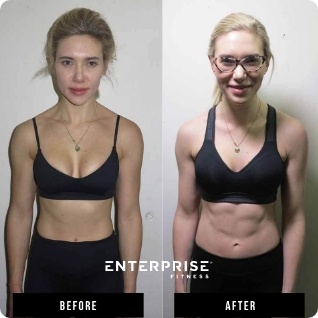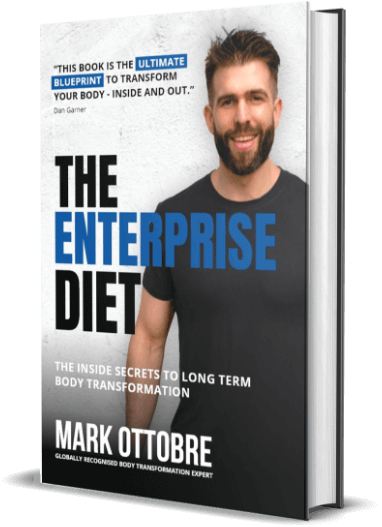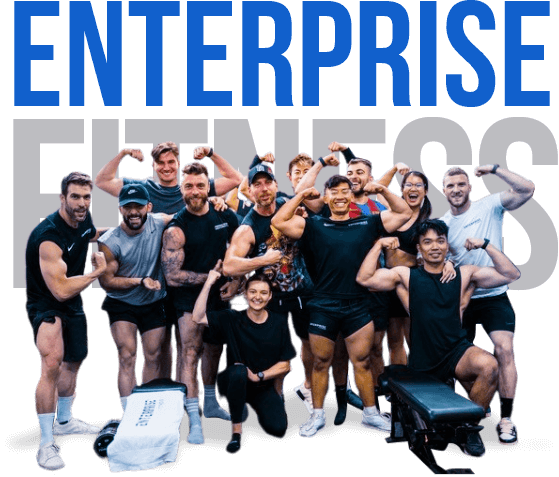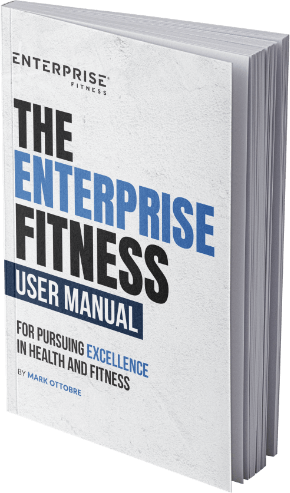A bodyweight squat is used to assess how someone moves at the most basic level. Avoid overly giving instructions. How they move will also tell you much about how they think it should look like.
Things To Watch For
- The gold standard is hamstring touching calves.
- A quarter or half squat is considered problematic and focus needs to be on movement pattern not load. Think what movements will build them up to a full squat?
- Consideration needs to be made for powerlifters who will present an adapted powerlifter squatting motor pattern. This is not ‘wrong’. It’s adapted to their sport. With that said it’s also not ‘right’ for athletics.
- If an athlete presents with a hip originated squat rather than moving from their knees first; the sport and other tests need to be considered before changing the squat pattern.
The Take Away
The goal for all general population and transformation clients is to be able to get their hamstring to cover their ankles whilst keeping their upper back erect. Achieve this first before you load. It will make for more mobile clients long term and reduce the incident of injuries.
Mark teaching the overhead squat test at Wolfpack 2017
Creating A Perfect Squat
Sometimes it’s simply a matter of teaching the correct motor pattern and the client will have no underlying mechanical issues to correct.
If the client has mechanical issues you must decipher what the issue is:
- Are they weak or tight? (Or both)
- Is it the upper back?
- Core (abs or lower back)
- Hamstrings?
- Calfs?
- Do they have mechanically disadvantageous levers?
The Solution
The solution is often the same. In short; train the client properly through a full range of movement starting with unilateral movements.
#1: A Split Squat
A split squat instructed correctly is usually the best starting point. However, you will encounter people too weak to spilt squat to load one leg. For these people, I suggest you start with a bodyweight squat to a box to have a base to build from. These people will take a lot of time to progress as they are very weak. Nutritional intervention must be implemented for success.
#2: Calves
The second thing you want to ensure is in the client’s program has a calf routine. That’s not because you want them to have huge calves but rather because commonly, knee flexion can be impeded by range of motion in the ankles. I look at calf work as general lower leg ‘hygiene’. One could argue why not just stretch? In short, it’s not enough. The body must adapt to loading patterns. Stretching in addition is acceptable, stretching on its own is not.
#3: Core
The third thing you want to ensure is; core. This means both lower back (erector spinae) and abs. The best way to do this to transition to a squat is two part. Teach the client how to use their abs with an isolation exercise such as a plank (done correctly) or a banana hold (hollow hold). A Stu-McGill sit-up is also a fantastic option. Then intergrade the movement pattern with a counter-balance squat. The counterbalance squat is not about load, the elbow joints can only hold so much. Rather, the main focus should be on correct recruitment of the core. This means the squat should be done with heels flat. Not raised.
Mark teaching structural screening with WBFF Pro Lucinda Keily at Wolfpack 2018
#4: Core
The fourth thing is upper back and lats. Are they too tight? Too weak? Is pec minor and major internally rotating the shoulders forward? All of these things are going to affect the movement pattern and range of motion. As a standard, you should also teach a client to ‘stack’ their lats into their arm-pits. This practice should be done regardless of what the client presents with, thus it’s my last consideration as it should be a standard process.
#5: Training Phases and Frequency
A phase of no less than 4 weeks should be implemented to correct dysfunctions and frequency of movement patterns are required at a minimum of twice a week. Frequency is determine by weak a client is.
Sign up to our Internship to learn more!
Related Posts
